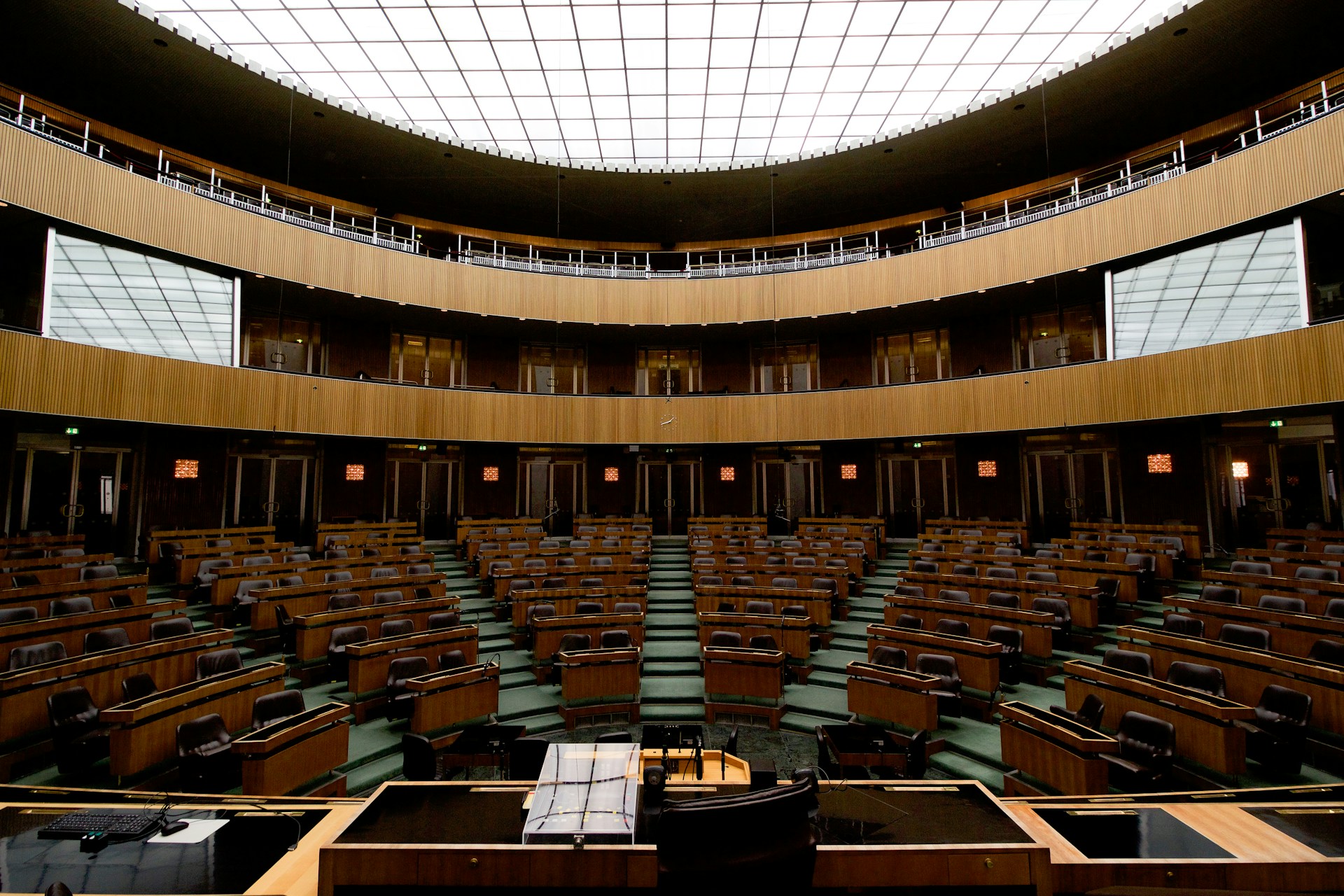1. What is the full form of MLC?
MLC stands for Member of Legislative Council. MLCs are elected or nominated representatives who serve in the upper house of the state legislature in India’s bicameral system.
2. What are the main duties of an MLC?
The main duties of an MLC include reviewing and suggesting amendments to bills passed by the Legislative Assembly, providing oversight of government actions, offering policy advice based on their expertise, representing their specific constituencies, and working for public welfare and development.
3. How is an MLC different from an MLA?
MLCs are indirectly elected or nominated and serve in the Legislative Council (upper house), while MLAs are directly elected by people and serve in the Legislative Assembly (lower house). MLCs cannot vote on money bills and have a 6-year term compared to MLAs’ 5-year term.
4. Who can become an MLC in India?
To become an MLC, a person must be at least 30 years old, be an Indian citizen, be of sound mind, hold a graduate degree (for certain categories), be a resident of the state, and have no criminal record.
5. Which states have an MLC system?
Currently, six Indian states have Legislative Councils: Andhra Pradesh, Bihar, Karnataka, Maharashtra, Telangana, and Uttar Pradesh. These states follow a bicameral legislature system at the state level.
6. Can MLCs vote on the state budget?
MLCs cannot vote on money bills, including the state budget. However, they can participate in budget discussions and suggest amendments, though their suggestions are not binding on the Legislative Assembly.
7. How long is the term of an MLC?
MLCs serve for a term of 6 years. However, one-third of MLCs retire every two years, ensuring continuity in the Legislative Council.
8. What is the salary of an MLC?
MLC salaries vary by state but are generally similar to MLA salaries. This includes basic salary, constituency allowance, telephone allowance, and other perks as determined by the respective state governments.
9. Can an MLC become a minister?
Yes, an MLC can become a minister in the state government. However, if an MLC is appointed as a minister, they must get elected to either house of the state legislature within six months of appointment.
10. What happens if a state wants to abolish its Legislative Council?
A state can abolish its Legislative Council through a resolution passed by the Legislative Assembly by a special majority. The resolution must then be approved by the Parliament of India through appropriate legislation.
 />
/>







